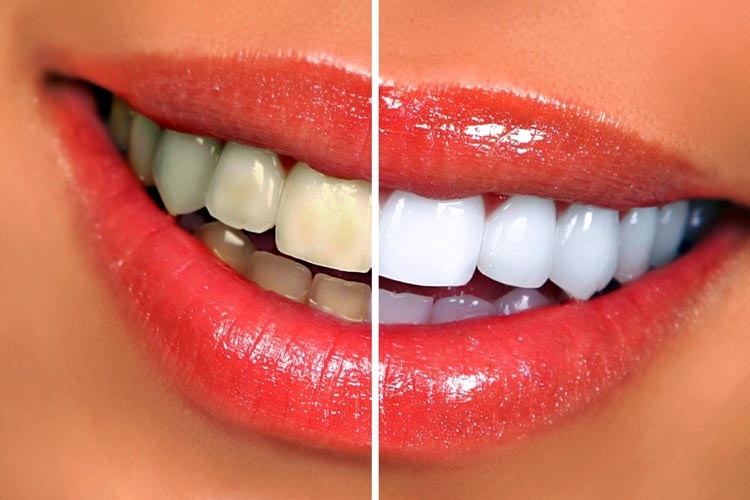If you have pollen allergies, you may get a break when the weather gets cold. But if you have indoor allergies — such as mold and dust mites — spending more time indoors during the winter months may affect your allergy symptoms.
What causes winter allergies?
When it gets cold and your furnace kicks on, it sends dust, mold spores, and insect parts into the air. They can get into your nose and can trigger a reaction.
Some common indoor allergy triggers are:
- Dust mites. These microscopic bugs flourish in mattresses and bedding. When their droppings and remains become airborne, they can cause allergy symptoms.
- Mold. This fungus thrives in damp, humid areas such as basements and bathrooms. When mold spores get into the air, they can trigger allergy symptoms.
- Animals. Most people are not allergic to animal fur, but rather to a protein found in the pet dander, saliva, and urine.
What are the symptoms of winter allergies?
Allergy symptoms caused by dust, pollen, or mold include:
- Coughing
- Dark circles under the eyes
- Itchy eyes and nose
- Runny nose
- Sneezing
- Watery eyes
How can you tell whether your symptoms are from a cold or flu or allergies? A cold usually doesn’t last for more than 10 days. Allergies can linger for weeks or even months. Also, colds and flu sometimes have a fever and aches and pains — symptoms that don’t usually come with allergies.
How are winter allergies diagnosed?
If your symptoms last more than a week, see your doctor. He may refer you to an allergist who will ask about your health history and symptoms.
The allergist may do a skin test where he scratches your skin with a tiny bit of an allergen or injects it just under your skin. If the area turns red and itchy, you’re allergic. There’s also a blood test to diagnose some allergies.
What are the treatments for winter allergies?
Treatments for winter allergies include:
- Antihistamines reduce sneezing, sniffling, and itching.
- Decongestants clear mucus to relieve congestion and swelling.
- Allergy shots expose your body to gradually increasing doses of the allergen. They can reduce your symptoms for a longer period of time than allergy drugs.
How can I prevent winter allergies?
Here are tips for controlling your allergy symptoms:
- Throw out shower curtains, wallpaper, or carpeting that have mold. Wash showers and sinks with a solution containing 5% bleach and a little detergent.
- To help control dust mites and mold, use a dehumidifier to keep the humidity in your home below 50%.
- Use a HEPA air filter to clean dust from the air.
- Wash bedding in hot water (130 F) each week. Use allergy-proof covers on mattresses, pillows, and comforters.
- If someone in your household is allergic to pet dander, consider getting a non-furry pet, such as fish or a lizard. If you already have a cat or dog, don’t let the pet sleep in your bedroom, and give it a bath at least once a week.
Here are tips to make the holidays easier if you have winter allergies:
- Consider buying an artificial tree. Live trees can harbor chemicals and mold, which can trigger allergic reactions.
- Wash dust off of ornaments before hanging them on the tree. Buy glass or plastic ornaments rather than fabric, which can collect more dust.
- If you have a pet allergy and your relatives have cats or dogs, make sure to take your allergy medication with you and get your allergy shots beforehand.
- Bring your own pillow when traveling.
Related posts:
 Tips To Prevent Spring Allergies
Tips To Prevent Spring Allergies
 3 Tips For Whitening Teeth
3 Tips For Whitening Teeth
 10 Health Benefits of Sun Rays
10 Health Benefits of Sun Rays
 5 Breakfast Tips for Weight Loss
5 Breakfast Tips for Weight Loss
 ورزش کیلئے چند اہم ہدایات
ورزش کیلئے چند اہم ہدایات
 وزن گھٹانے کی آسان ترکیبیں
وزن گھٹانے کی آسان ترکیبیں
 15 House Plants for Improving Indoor Air Quality
15 House Plants for Improving Indoor Air Quality
 Dennis Wolf Short Leg Workout
Dennis Wolf Short Leg Workout
 Jay Cutler Short Arm Workout
Jay Cutler Short Arm Workout
 No Equipment, No Time? How to Get in a Great Workout
No Equipment, No Time? How to Get in a Great Workout
 5 Bodybuilding Laws That Should Not Be Broken
5 Bodybuilding Laws That Should Not Be Broken
 Healthy Ramadan Meal Plan
Healthy Ramadan Meal Plan





